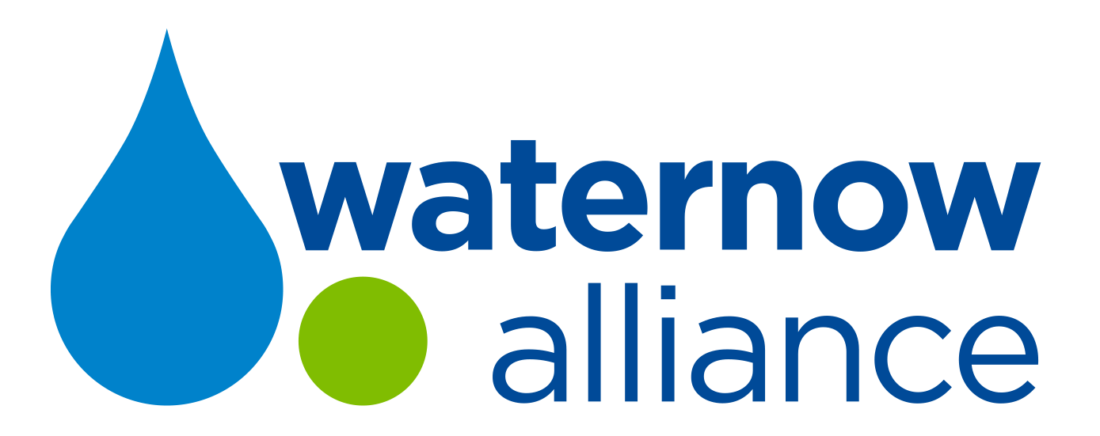The Philadelphia Water Department (PWD), a public utility with origins dating back to 1801, provides drinking water, stormwater, and wastewater services to the City of Philadelphia and 10 municipalities located in Montgomery, Delaware, and Bucks counties. PWD provides wastewater service to 2.2 million wastewater customers, as the wastewater system extends to suburban areas outside of the city limits. Population growth and decline in Philadelphia is a complex pull-push dynamic and creates convergence of several water management challenges as PWD works to meet the city’s water needs.
Philadelphia’s Green City, Clean Waters program, which began in 2011, embodies the city’s billion dollar commitment to build widespread green storm water infrastructure over the next 25 years to help reduce the frequency and water quality impacts of overflows from the city’s combined sewer system. Through this ambitious initiative Philadelphia will work to convert more than one-third of the impervious surfaces in the areas of the city that are served by a combined sewer—about 65% of the city—to “Greened Acres” that manage the first inch of storm water runoff. Greened Acres are expected to capture, or otherwise address, 1 million gallons of rain per acre per year.
PWD’s Greened Acre Retrofit Program (GARP) will help the city meet this goal. Through GARP the city reimburses landowners for the cost of green infrastructure development on properties within the combined sewer zone. Projects can include stormwater management practices such as bioswales, rain gardens, tree trenches, and more.
Through an innovative partnership with a mission-driven project developer, Greenprint Partners, PWD is able to deliver funding to institutional ratepayers located in lower-income areas of Philadelphia. These projects drive more equitable distribution of grant funds while helping prevent combined sewer overflows. For example, Greenprint Partners is working to build nature-based detention basins with vegetated pretreatment areas planted with native plants and tree canopy and rain gardens on properties owned by the Leon H. Sullivan Human Services Center and St. Luke’s Episcopal Church – projects that will green ~4 acres and manage nearly 3 million gallons of stormwater per year.
While these GSI installations are at their core meant to manage stormwater, these solutions provide significant co-benefits to the community, as well. The GSI installed at the Leon H. Sullivan Human Services Center will encourage tenants to use the site’s outdoor space, and thus display the values of the group’s founder, The Reverend Leon Sullivan, who believed in economic empowerment through local investment. GSI built at St. Luke’s Episcopal Church will provide safe, open, green space for area youth attending the Church’s summer camp. In addition, “shared prosperity” is woven deeply through each project’s benefits-driven design process that captures priorities for neighborhood beautification, stabilizing property values, preventing community displacement and gentrification, and increasing neighborhood economies. Greenprint’s GARP funded projects also take into account concepts of building a strengthened community by working to increase mental and physical health, calm traffic, and increase community pride.
From Philadelphia, Pennsylvania, to Tucson, Arizona, as part of WaterNow’s Tap into Resilience initiative, WaterNow has interviewed over a dozen city and utility leaders already tapping into localized water strategies for fast, affordable, and impactful solutions to their water challenges. More details on PWD’s Tap into Resilience case study are available on WaterNow’s campaign website here.

